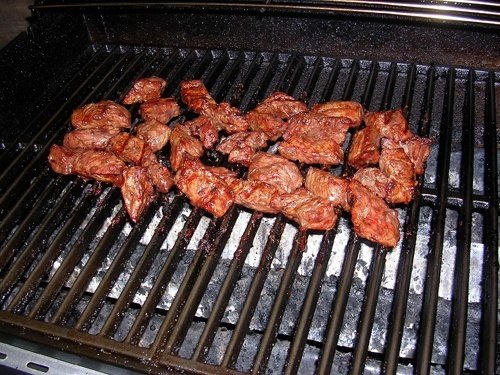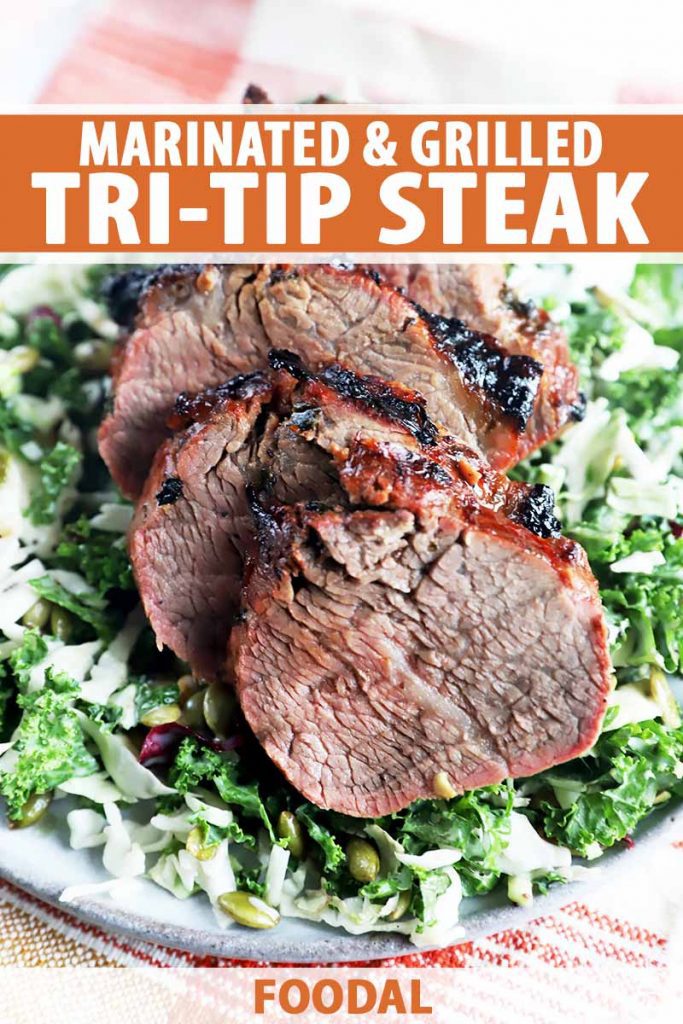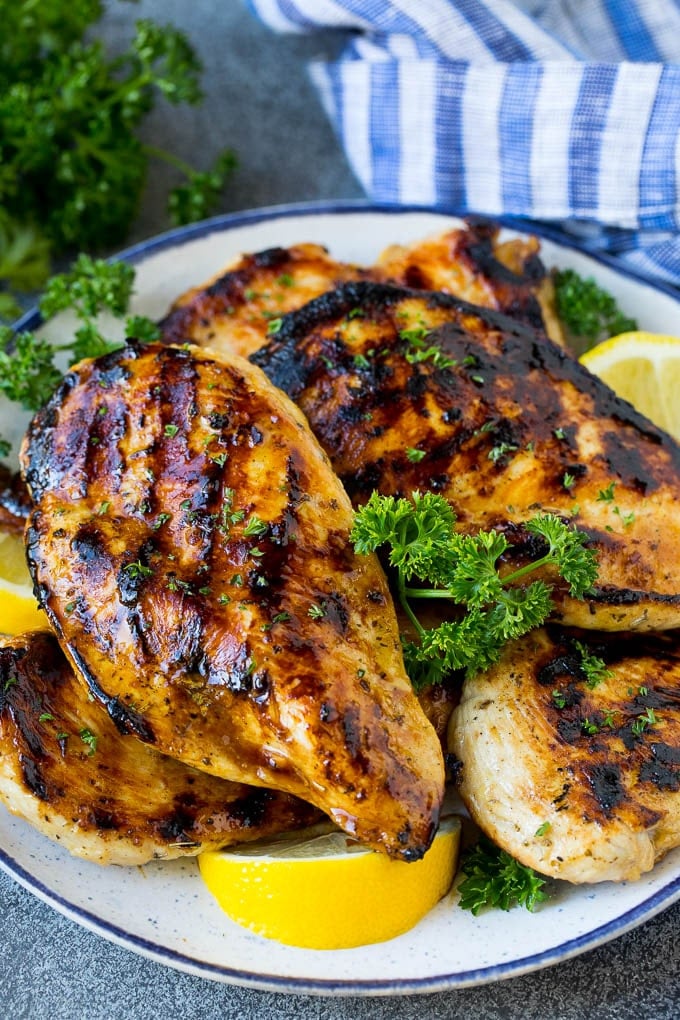When it comes to outdoor grilling, the secret to truly unforgettable barbecue lies not just in the type of meat or the heat of the fire, but profoundly in the outdoor grilling marinade tips you employ. Marinating is an art form that unlocks next-level flavor prep, transforming simple ingredients into mouthwatering masterpieces. From understanding the marinade trends 2025 that are shaping innovative approaches, to mastering infusion grilling basics, there’s a depth of technique that elevates your grilling game. Whether you’re a seasoned pitmaster or a backyard enthusiast, integrating expert marinade tips enhances juiciness, flavor complexity, and overall satisfaction at every cookout.
In this comprehensive guide, I will explore premium brines for BBQ, versatile seasoning rub methods, visionary next-level flavor prep, innovative marinade trends 2025, and infusion grilling basics. By weaving these techniques into your outdoor cooking repertoire, you’ll unlock an entirely new dimension of taste and texture that keeps guests talking long after the last bite.
Outdoor Grilling Marinade Tips

Achieving the perfect marinade is both an art and a science. Effective outdoor grilling marinade tips involve understanding marinade composition, timing, and application techniques. A well-crafted marinade not only tenderizes the meat but also layers flavors that marry beautifully during the high-heat grilling process. In outdoor settings, factors like temperature fluctuations, humidity, and grilling setup can influence how your marinade performs, so adapting your strategy is key to success.
The first tip is to focus on balance — a harmonious blend of acids, oils, herbs, and spices. Acid components like citrus juice, vinegar, or wine help break down proteins and tenderize the meat, but too much acid can start to “cook” the proteins prematurely, which could lead to a mushy texture. Combining this with flavorful oils such as olive or sesame oil enhances moisture retention and promotes even cooking. Incorporate herbs like rosemary, thyme, or oregano to add aromatic complexity, and spice blends such as paprika or chili powder for boldness.
Timing is critical for outdoor grilling marinade tips. For thinner cuts or delicate proteins like fish or chicken breasts, marinate for as little as 30 minutes to an hour to prevent over-mercuring. Thicker cuts or tougher meats like steaks or ribs benefit from longer marination—up to 24 hours—allowing flavors to deeply infuse and tenderize. Also, avoid over-marinating, which can compromise texture and flavor integrity. Always marinate in the refrigerator, ideally in a sealed bag or container, to prevent contamination and maximize absorption.
Application techniques matter too. When applying marinade, ensure the meat is evenly coated, turning or flipping periodically for uniform flavor penetration. For stubborn cuts or packed flavors, consider poking small holes or scoring the surface to facilitate marinade ingress. During grilling, suppose you reserve some marinade for basting; this adds a fresh layer of flavor and keeps the meat juicy. Remember, the goal of outdoor grilling marinade tips is not just about flavor but creating a perfect balance that complements the smoky, charred notes of the grill.
Brines for BBQ

While marinades focus largely on flavor infusion, brines are specialized soak solutions designed to improve moisture retention and seasoning, especially for lean meats and poultry. Brines for BBQ can be thought of as the secret weapon for ensuring your meat stays succulent amidst intense heat and charring, particularly on open flames or hot coals. Developing an understanding of how to craft and apply your brine properly can significantly elevate the tenderness and juiciness of your barbecue.
A competent brine for BBQ typically contains water, salt, and sugar as its core components. Salt, especially in the form of kosher or sea salt, enhances the meat’s natural ability to retain moisture, while sugar adds a hint of sweetness that balances savory flavors and encourages caramelization during cooking. Additional elements such as herbs, spices, garlic, or even fruit juices can be added to create complex flavor profiles tailored to your taste. Carving out a personalized brine formula is an excellent way to stand out, especially with unique blends like apple cider brine or spicy chili-lime concoctions.
The process of brining usually involves submerging the meat in the solution for a designated period—ranging from a few hours to overnight—depending on the cut and thickness. It’s important to keep the meat refrigerated during this time to prevent bacterial growth. When ready, rinse the meat thoroughly to remove surface brine residue, pat it dry, and prepare for seasoning or direct grilling. This step is crucial as excess salt from the brine can overpower the final dish if not properly rinsed.
When employing brines for BBQ, timing and proportion are vital. Over-brining can lead to overly salty meat, or worse, a mushy texture if the meat sits too long. Experimenting with flavors and ingredients in your brine offers a creative avenue to elevate your barbecue. Pairing your brine with complementary rubs and marinades creates a layered flavor impact that keeps your barbecue robust, juicy, and memorable. Incorporating brines into your grilling routine might seem like extra work but the payoff is undeniably high—a juicy, tender, flavorful BBQ that delights every palate.
Seasoning Rub Methods

While marinades and brines prep the meat, seasoning rub methods are fundamental in developing the crust, flavor depth, and aroma of grilled meats. Thoughtful application of rubs unlocks exquisite tastes and textures, forming the flavorful exterior that characterizes professional barbecue. The art of seasoning rub methods involves careful ingredient selection, timing, and layering.
The first aspect is understanding the balance between dry rubs and wet rubs. Dry rubs are a blend of spices, salt, sugar, and herbs applied directly to the meat’s surface before grilling. These create a flavorful barrier that caramelizes under high heat, producing that iconic smoky crust. Wet rubs incorporate oils, liquids, or vinegars, which help the flavors penetrate deeper into the meat. Combining both techniques—first applying a wet marinade for infusion, then a dry rub for crust—can create a complex flavor profile with textural contrast.
Timing is equally crucial. For maximum flavor, consider applying dry rubs well in advance, even up to 24 hours before grilling, allowing the spices to meld into the meat. When using wet rubs or pastes, apply closer to the cook time—about an hour beforehand—to prevent dilution of dry ingredients and to develop a flavorful crust during grilling. Resting the seasoned meat at room temperature or refrigerated during this period enhances the absorption and reaction of spices during cooking.
Ambitious grilling enthusiasts often layer multiple seasoning rub methods in a process called “building flavor.” Start with a basic salt and sugar base, then add high-impact spices such as cumin, paprika, or allspice. Experimenting with unconventional elements—coffee grounds, cocoa powder, or dried herbs—can create signature profiles that distinguish your barbecue from the standard fare. Proper rubbing and seasoning are about understanding how different ingredients react with heat and how they synergize, ultimately ensuring every bite delivers the perfect harmony of smoke, spice, and savoriness.
Next-Level Flavor Prep
Achieving next-level flavor prep in outdoor grilling hinges on innovation, timing, and understanding flavor dynamics on a molecular level. Mastering this aspect turns mundane ingredients into unforgettable culinary sensations. Whether you’re inspired by culinary trends or personal experimentation, embracing advanced techniques unlocks new taste horizons that elevate your grilling beyond basic expectations.
The foundation of next-level flavor prep involves utilizing ingredients like infusion oils, smoked salts, or exotic spices that add depth and intrigue. Using infusion grilling basics, such as infusing smoke or liquids like bourbon or apple juice into your meat or grill, enhances flavor complexity. These infused components create a layered profile that evolves uniquely with each bite, capturing the essence of culinary artistry in every chew. Imagine injecting bourbon into a brisket or soaking wood chips in flavored spirits—these carefully crafted infusions create memorable flavor signatures.
Another vital component is understanding marinate trends 2025—the innovative approaches shaping the future of outdoor cooking. This might include incorporating umami-rich ingredients like aged cheeses, fermented vegetables, or specialty sea salts into your marinades and rubs. These trends focus on enhancing natural flavors and balancing acidity, saltiness, and sweetness to make each dish taste fresh and exciting. Staying ahead of these trends ensures your grilling techniques are not only current but pushed into realms of extraordinary flavor creation.
In addition, next-level flavor prep relies heavily on timing and patience. Many gourmet chefs swear by prolonged marination, dry aging, or even incorporating sous-vide techniques before grilling to maximize flavor absorption and tenderness. Combining these methods with skillful infusion grilling basics results in a nuanced complexity that elevates traditional barbecue. Developing a personalized flavor strategy—focusing on ingredient quality, balance, and presentation—turns an ordinary cookout into a culinary event. Experimentation and a willingness to push boundaries define what truly exceptional flavor prep entails.
Marinade Trends 2025
The culinary landscape of marinade trends 2025 underscores heightened interest in health-conscious ingredients, sustainable practices, and flavor innovation. As consumers become more adventurous and environmentally aware, marinade formulations are evolving to incorporate superfoods, plant-based components, and globally inspired flavors. Keeping pace with this movement not only enhances your outdoor grilling marinade tips but also aligns your cookout with progressive culinary messages and trends.
A prominent marinade trend 2025 involves integrating plant-based ingredients like miso, tahini, or nutritional yeast to add umami and richness. These ingredients lend a depth of flavor that complements both vegetarian and meat-based dishes, making your outdoor grilling repertoire more versatile. Additionally, fermented elements such as kimchi juice or fermented hot sauces are gaining popularity for their probiotic qualities and complex flavor profiles. Incorporating these superfoods into your marinades enhances not just taste but also nutritional value, resonating with health-conscious diners.
Another trend revolves around sustainability and local sourcing, influencing marinade ingredients. Emphasizing organic citrus, herbs, and spices from local markets supports eco-friendly practices while ensuring freshness. Using food waste reduction techniques—like citrus zest or leftover vegetable purees—can elevate marinades without increasing cost or environmental impact. Creativity in utilizing seasonal ingredients ensures that your marinade trends 2025 stay relevant, innovative, and aligned with broader culinary movements.
Finally, global fusion flavors—think spicy Korean gochujang, aromatic Middle Eastern baharat, or vibrant Latin-inspired adobos—are dominating marinade trends. These bold, multicultural flavors bring excitement and authenticity to outdoor grilling, encouraging experimentation and personalized flavor development. The future of marinades isn’t just about flavor but also about storytelling, connecting local ingredients and cultures to create memorable dining experiences. Embracing marinade trends 2025 means inviting innovation into your own grilling routine, making every backyard barbecue a voyage of culinary exploration.
Infusion Grilling Basics
Infusion grilling basics open up a realm of possibilities for elevating simple ingredients into gourmet delights. Infusing flavors into meats, vegetables, and even oils is a technique that emphasizes patience, precision, and creativity. Whether through direct methods like smoking or indirect infusion with liquids, mastering these fundamentals transforms your outdoor cooking into an art of flavor layering.
Begin with understanding the importance of smoke infusion, which involves adding wood chips, chunks, or pellets to produce a fragrant, aromatic smoke that permeates your ingredients. Different woods—from hickory to fruitwood—impart varied flavors, making it essential to choose based on your desired outcome. Properly soaking wood before tossing it onto the heat prevents ash from contaminating your food while maximizing smoke production. The art lies in controlling smoke exposure to avoid overpowering flavors, ensuring a balanced infusion that enhances the taste without overwhelming the dish.
Next, explore liquid infusions such as injecting brines with flavorful spirits, fruit juices, or infused oils. This process allows for rapid flavor absorption and improved moisture retention. The technique involves injecting the liquid deep into the meat using a syringe or marinating for an extended period. When cooking outdoors, this method ensures that even thicker cuts retain vibrancy and succulence. Experimenting with different infused liquids can lead to surprising and complex flavor profiles, making your barbecue stand apart.
Finally, employing indirect infusion methods, such as wrapping ingredients with herbs and aromatics in foil or grilling in citrus or wine baths, can elevate your infusion grilling basics. These subtle techniques create layers of flavor that develop over time during grilling, resulting in a nuanced and multi-dimensional taste experience. Combining these methods with other marinade tips and seasoning rubs enables you to craft gourmet outdoor dishes full of complexity and distinctive character—perfect for impressing friends or elevating your personal grilling repertoire.
Conclusion
Mastering outdoor grilling marinade tips and embracing innovative techniques like brines for BBQ, versatile seasoning rub methods, visionary next-level flavor prep, cutting-edge marinade trends 2025, and infusion grilling basics truly transforms your barbecue into a culinary art form. These approaches provide the tools to layer flavors, tenderize meats, and create complex, memorable dishes that stand out. As you experiment with ingredients, timing, and innovative infusion methods, your grill sessions become opportunities for creativity, flavor exploration, and culinary mastery. Whether aiming for the perfect charred crust, juicy interior, or aromatic smoke, harnessing these advanced outdoor grilling marinade tips sets your barbecue apart and delights every palate. Let your grilling adventures evolve into flavorful journeys that excite your senses and elevate your outdoor cooking to new heights.

:max_bytes(150000):strip_icc()/__opt__aboutcom__coeus__resources__content_migration__serious_eats__seriouseats.com__images__2017__07__20170703-dipping-sauce-recipes-roundup-08-e2b88eab970c4c67a29fb9b54880b8c8.jpg)




